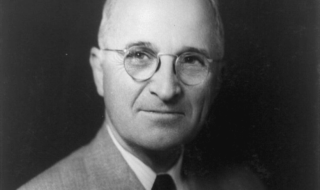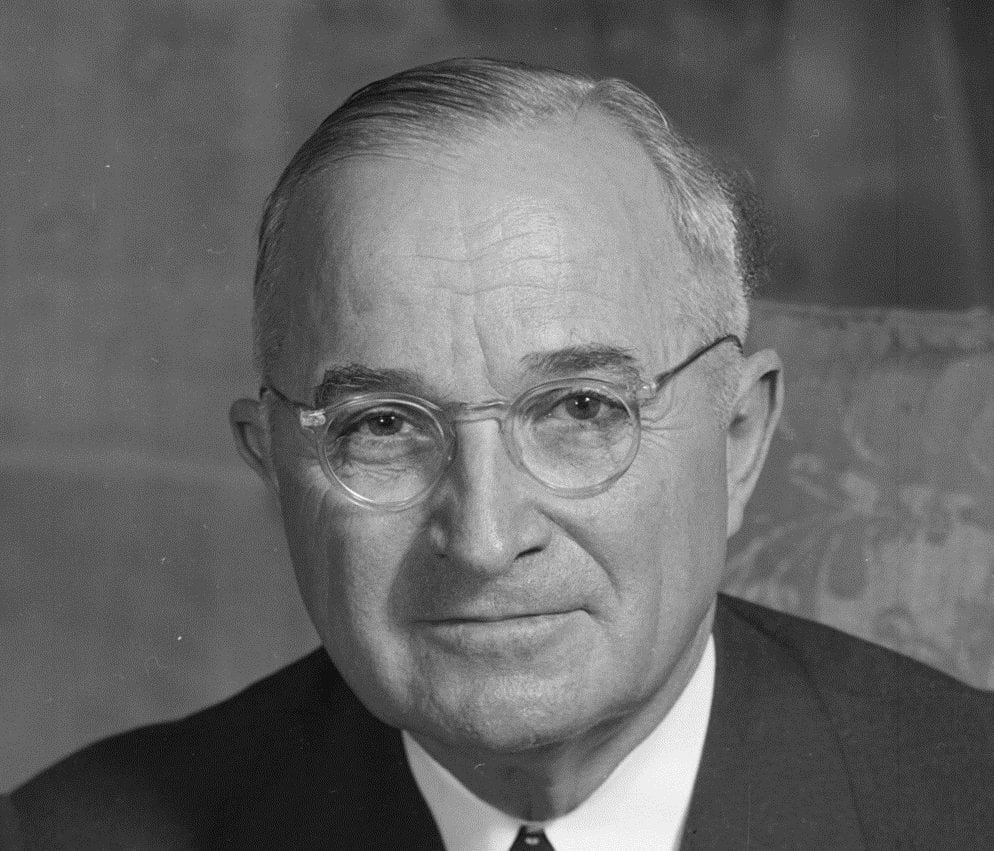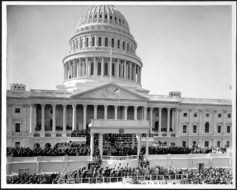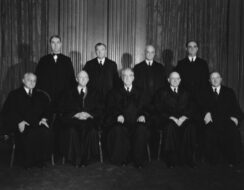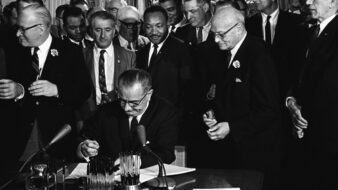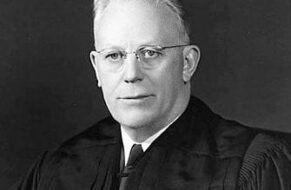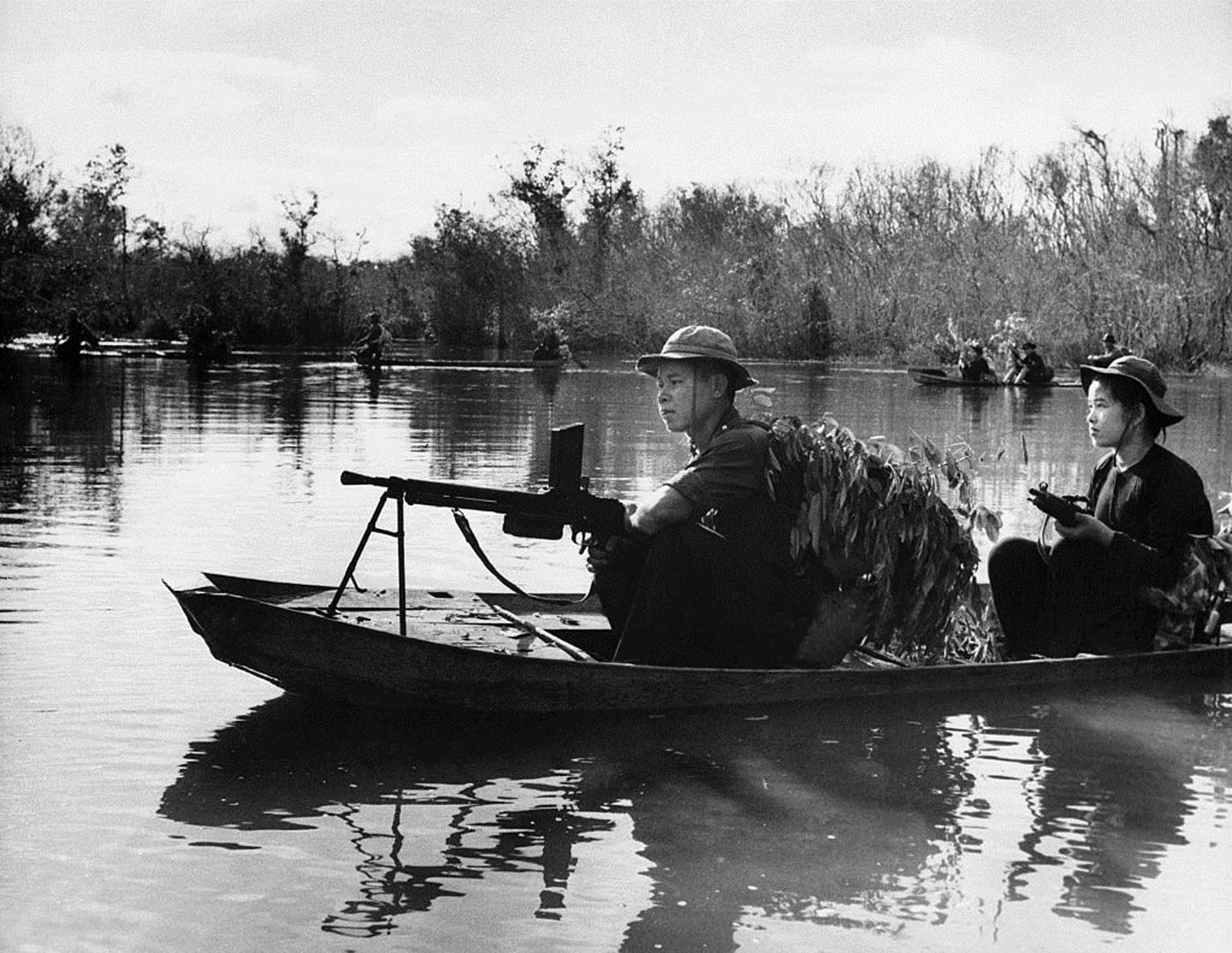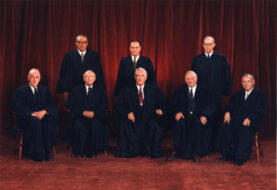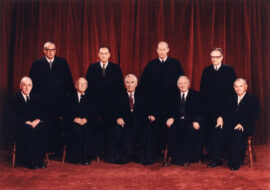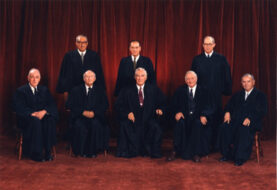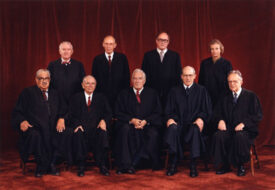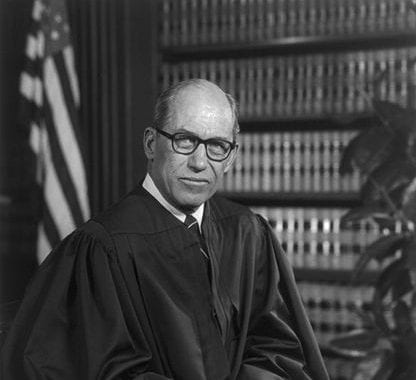Introduction
The United States used atomic weapons to end the war with Japan in the summer of 1945. The Soviet Union tested its first atomic weapon in August 1949, sooner than anticipated by U.S. national security experts. (Communist espionage during World War II aided the Soviets’ acquisition of nuclear technology; See Kaufman.) The continental United States was untouched by the strategic bombing that devastated much of Europe and Japan during the war, but nuclear weapons erased Americans’ sense of security. In its report on the effects of the atomic bombing of Hiroshima and Nagasaki, the U.S. Strategic Bombing Survey ominously remarked, “The Survey’s investigators, as they proceeded about their study, found an insistent question framing itself in their minds: ‘What if the target for the bomb had been an American City?’”
Starting in the late 1940s, the U.S. federal government carried out a national program to educate civilians about the threat of nuclear weapons and to provide advice on how citizens might protect themselves. The Korean War (See Truman and MacArthur) especially raised fears about an attack on the United States, leading to the establishment of the Federal Civil Defense Administration (FCDA) in 1951. The FCDA and successor agencies were based upon the concept of self-help: the federal government would provide data, policy, and promotional materials, but the responsibility for preparing for nuclear war lay with states, cities, and individuals. However, the enormous loss of life and physical devastation that nuclear war would surely bring raised serious questions about such an approach. As a congressional subcommittee put it, “Self-help cannot provide nation-wide protection against the deadly effects of exploding nuclear bombs any more than self-help can build the bombs.” Perhaps recognizing the difficulty of effective civil defense, few Americans paid attention to it throughout the Cold War.
This document exposes the steep challenges of preparing the home front for nuclear war. The FCDA subsequently changed its evacuation policy more than once. Such reversals only intensified the question at the heart of civil defense: was it possible to prepare citizens for nuclear war by only using plans, guidance, and consultation?
—David Krugler
Source: Papers of Harry S. Truman, President’s Secretary’s Files, National Security Files, box 217, folder “Meeting 119, June 18, 1952,” Harry S. Truman Presidential Library, Independence, MO.
Federal Civil Defense Administration
Washington 15, D.C.
SUBJECT: ORGANIZED EVACUATION OF CIVILIAN POPULATIONS IN CIVIL DEFENSE
I. Purpose
This statement establishes the policy of the Federal Civil Defense Administration regarding the evacuation of civilians threatened or affected by enemy attack.
II. Definition
Evacuation in civil defense is the organized, timed, and supervised movement of a portion of the civilians from an area authoritatively designated as dangerous or otherwise critical, and their reception and care in more suitable areas.
III. Policy
It is the policy of the Federal Civil Defense Administration to:
A. Develop national plans and programs which will assure uniformity of planning by the several States for evacuation, where appropriate and necessary.
B. Consult with the several States with a view to their designating specific areas for which evacuation plans should be prepared, and aid them in the selection of reception areas, where appropriate.
C. Sponsor and furnish advice, support, and assistance to the States in:
- Prompt development of uniform State and local plans for evacuation and reception areas.
- Implementation of evacuation by regional State, and local civil defense authorities.
- Coordination of all evacuation plans with national and regional civil defense planning and with planning of appropriate military authorities.
D. Recommend to the several States that they base their plans for the evacuation of civilian populations only on the following:
- Pre-attack: no evacuation from any area prior to an enemy attack on that area.
- During attack: no evacuation from an area while under attack.
- Post-attack:
- A) When evacuation is the sole method available for adequately minimizing the effects of enemy attack.
- B) When evacuation is restricted to priority groups specified or recognized by appropriate civil defense authorities.
- C) When evacuation is under the direction of constituted state or local civil defense officials.
IV. Authority
Section 3(b) of Public Law 920, 81st Congress, defines the term “civil defense” as including “ . . . measures to be taken in preparation for anticipated attack (including . . . when appropriate, the non-military evacuation of civil population):” “measures to be taken during attack (including . . . the evacuation of personnel to shelter areas…” “measures to be taken following attack (including . . . emergency welfare measures; . . . ” Section 201 (a) authorized the Administrator to prepare national plans and programs for the civil defense of the United States and to sponsor and direct such plans and programs.
V. Effective Date
This policy is effective as of the date of issuance.










